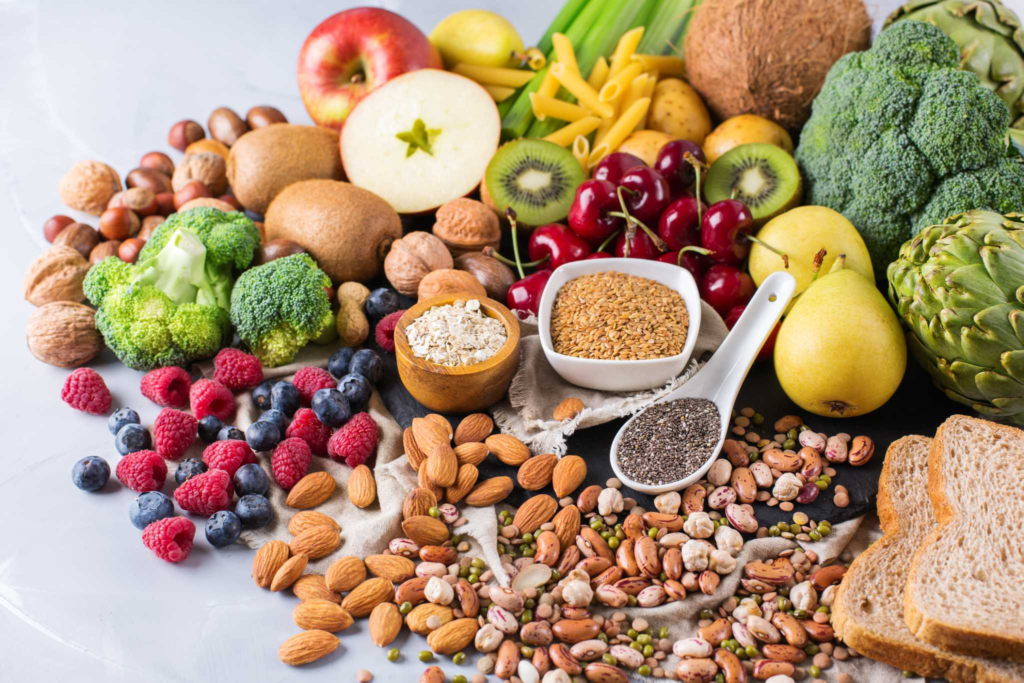Sources Of Roughages
Key Notes :

1. Definition of Roughages:
- Roughages are fibrous plant materials that are difficult to digest but are essential for digestion and overall health in animals, particularly herbivores.
- They help in maintaining a healthy digestive system by promoting bowel movement and providing necessary fiber.
2. Importance of Roughages:
- Roughages are rich in fiber, which aids in digestion.
- They help prevent constipation and promote a healthy gut.
- Roughages are an essential part of the diet for grazing animals like cows, goats, and sheep.
3. Sources of Roughages:
- Grasses: Grass, such as meadow grass, is a primary source of roughage for animals like cows and goats.
- Hay: Dried grasses or legumes that are harvested and stored for feeding animals during seasons when fresh grass is not available.
- Silage: Fermented green fodder, often made from maize, used to feed livestock, especially during winter.
- Legumes: Plants like clover and alfalfa, which are high in fiber and serve as roughage for animals.
- Straw: The stems and leaves of cereals like wheat, barley, and oats are also used as roughage.
- Fodder Trees: Some tree leaves, such as from moringa, can provide roughage for animals.
4. Types of Roughages:
- Green Roughages: Fresh plants, such as grass and leguminous plants, which are often the preferred type of roughage when available.
- Dry Roughages: Dried plants like hay and straw that are stored for use when fresh roughage is not available.
- Coarse Roughages: Includes stems and other fibrous plant parts that are harder to digest but provide essential fiber.
5. Benefits to Animals:
- Essential for the growth and health of livestock.
- Roughages are particularly important for ruminants (like cows, sheep, and goats), which have specialized stomachs for digesting high-fiber foods.
- Helps in the production of milk in dairy animals by maintaining a healthy digestive system.
6. Role of Roughages in Nutrition:
- Roughages contribute to a balanced diet by providing dietary fiber, which helps in the efficient digestion of other nutrients like proteins and carbohydrates.
- They help in the proper functioning of the rumen in ruminant animals, leading to better absorption of nutrients.
7. Uses of Roughages:
- In addition to feeding livestock, roughages can be used in the preparation of compost for fertilizing crops.
- They can also be used as bedding material in animal husbandry.
Let’s practice!

